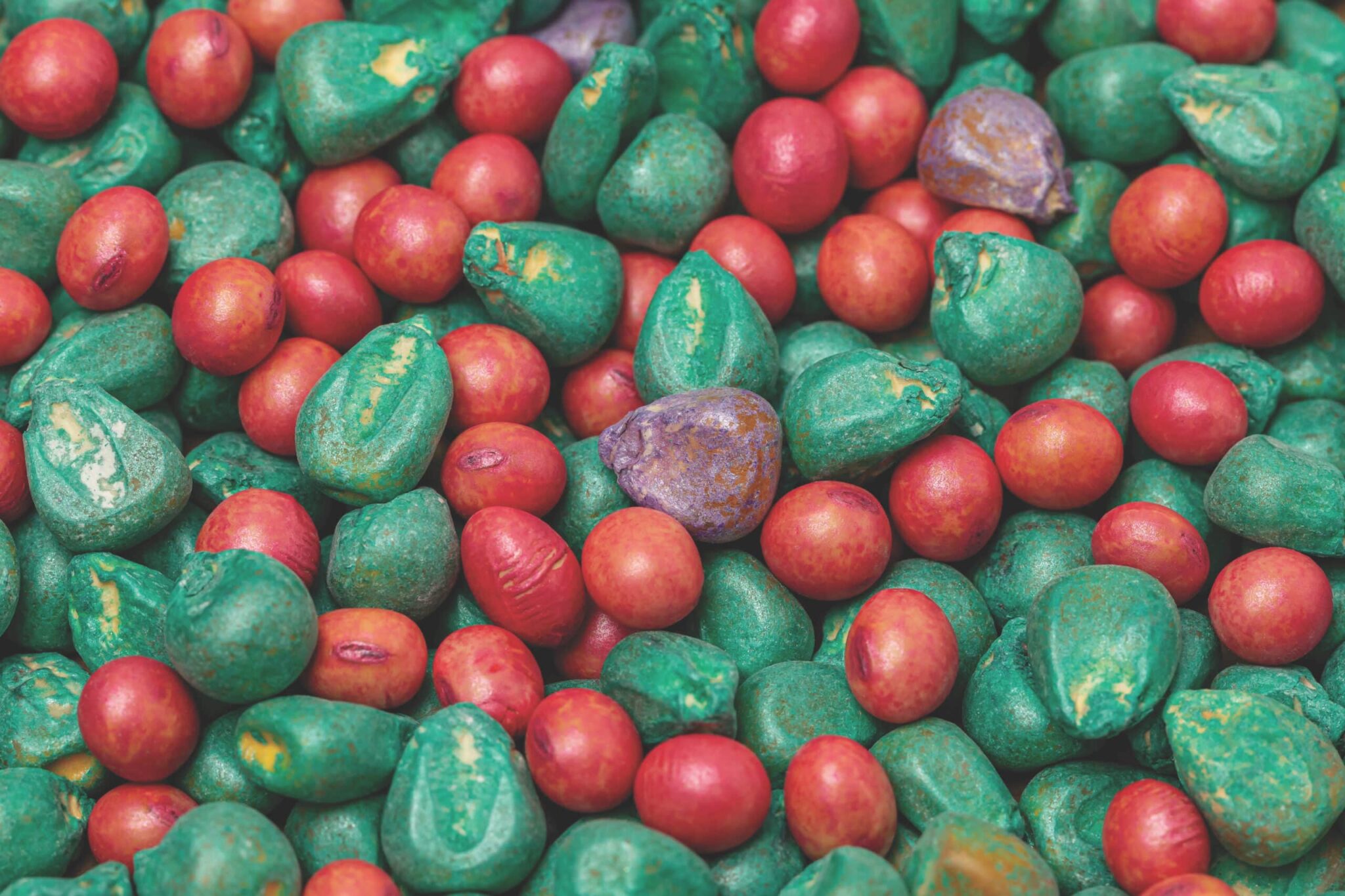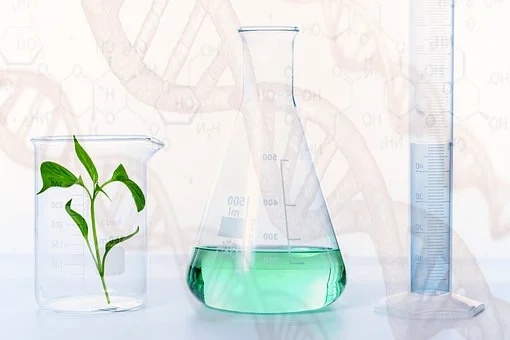The aim of the European Seed series on Myths, Fake News, Misinformation and Disinformation is to dive deeper, taking a closer look at a variety of seed related topics. This article looks at the myths surrounding crop protection.
Myth: Farmers spray a lot of chemicals on their crops
Fact: Farmers only use what is necessary to maintain the health of their plants and have a vested interest in using the smallest number of pesticides needed to control the pest, both for environmental as well as for economic reasons. Often, and depending on the product, it is a very small amount of active ingredient which can then be diluted with hundreds of litres of water. However, when spraying it can appear to be much more. In many cases, farmers usually only apply very little chemicals to a field-size area as large as a football pitch. So, they avoid unnecessary use of pesticides. Today’s pesticides are designed to be used only when and where they are needed, and in the smallest amount possible, often in the order of less than a litre per hectare. Additionally, the chemicals they employ are very targeted. Pesticides are created specifically to combat particular weeds, insects, and other plant pathogens, not people or animals. It is important to understand that the risk to non-target organisms is part of the pesticide approval process. In addition, farmers are trained in using pesticides. In the EU, farmers need a certification and need to complete several hours of training each year to maintain their licences.
Myth: Farmers use more pesticides than in the past
Fact: Since the 1950s there have been significant investments into crop protection products, and this has led to continued improvements in their effectiveness and efficiency. One way of demonstrating this is to look at the application rates of a product per hectare. As products have evolved, there has been a significant reduction in these rates, meaning that farmers need to apply a lower dose of a crop protection product to achieve the same efficacy.
A recent report showed that the average application rates in the 1950s were 1,200, 1,700, and 2,400 grams of active ingredient used per hectare for fungicides, insecticides, and herbicides respectively. But by the 2000s the average use rates of newly introduced products were reduced to 100, 40, and 75 g/ha respectively, which is about 95 per cent lower on average.
Myth: There are a lot of pesticides on our food
Fact: There are NOT a lot of pesticides on our food. Maximum Residue Limits (MRLs) are a trading standard and a measure of the highest level of a pesticide residue that is legally tolerated in or on food or feed when pesticides are applied correctly. MRLs are set well below safety margins to ascertain foods produced with pesticides are suitable for consumption. MRLs ensure that consumers can trust the safety and quality of the foods they buy. Pesticide residues, if they occur, are so low that people would have to consume amounts humanly impossible to be affected, according to the most recent annual report from EFSA on pesticide residues in food.
For the subset of 12,077 samples analysed as part of the EU-coordinated control programme (EU MACP), 98.2 per cent were within legal limits and 94.9 per cent of the 88,141 total samples analysed fell below the maximum allowable levels, with only 3.6 per cent being non‐compliant, i.e. samples exceeding the MRL after taking the measurement uncertainty, which still do not pose a safety issue due to their trace amounts and huge safety margins.
In the rare cases where dietary exposure for a specific pesticide/product combination was calculated to exceed the health-based guidance value (using conservative assumptions), and for those pesticides for which no health-based guidance value could be established, the competent authorities took appropriate and proportionate corrective measures to address potential risks to consumers. This is means that dietary exposure to pesticides is unlikely to pose a risk to EU consumer health.
Myth: Pesticides harm the environment
Fact: Using pesticides enables farmers to grow more food on a smaller plot of land. Higher yields per hectare means that less land is required to feed the world, enabling the preservation of biodiverse habitats. This is true globally as well as regionally or locally. In that way, the use of forests, marshes, and wetlands for agricultural purposes is prevented. Additionally, avoiding the need for ploughing lowers CO2 emissions.
Pesticides enable regenerative farming practices that protect the environment, such as no-till farming in which fields are not ploughed, and residues from the previous seasons’ crops, such as wheat stalks, are left in the field as mulch for the next season. The benefits of no-till farming include reduced soil erosion, water conservation, improved soil health and reduced fuel use. Don’t forget that the behaviour and risk of pesticides to/in the environment is assessed and mitigated as part of the pesticide registration process.











